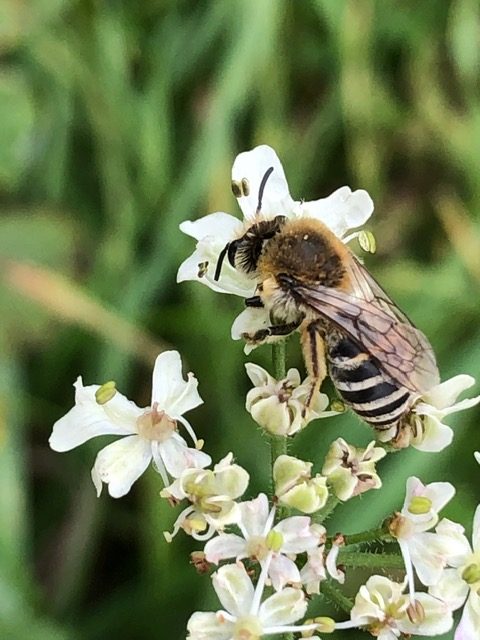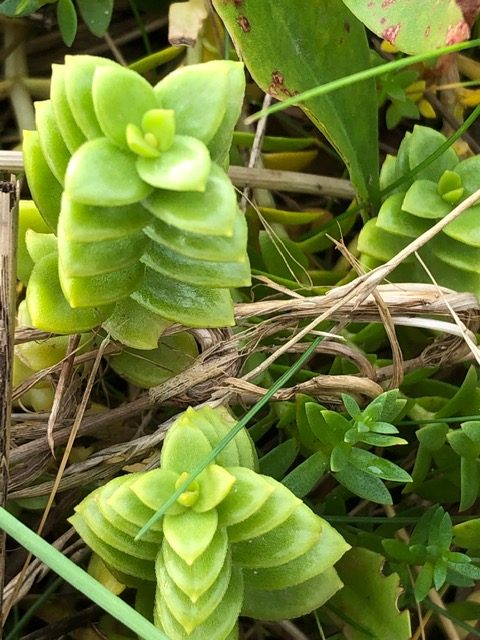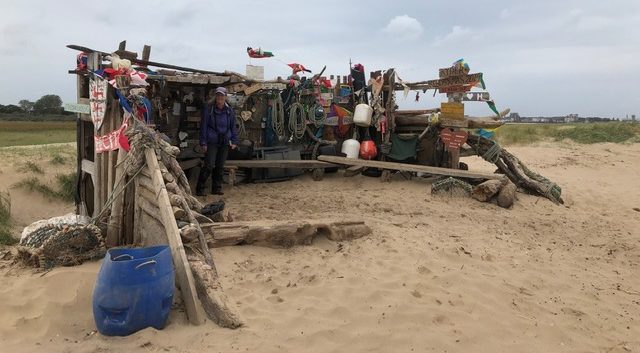We spent a very happy few days at the beginning of October in Cleethorpes. This is not a place most of us think about in terms of wildlife but it is surprisingly good. After all it is on the Humber Estuary opposite Spurn, and much of the southern end of the town’s coastline is designated as either a local or national nature reserve.
We particularly enjoyed watching the huge flocks of waders coming in on the early morning tides. We found the best view to be from the beach just south of the leisure centre, by the edge of the saltmarsh. We watched the birds gather and then come in off the sand bars as the tide receded. Mainly knot and oystercatcher but also dunlin, sanderling, bar tailed godwit, curlew, redshank and ringed plover.
One quite surprising view was of a small group of knot that seemed to have adapted completely to a busy shoreline. They happily continued feeding nearby until we were within just a few feet of them – when they would move away a short distance and continue feeding! If a runaway dog was chasing birds they would stand stock still until it went away and for the most part weren’t noticed. It felt a bit more like watching robins in the garden than knot.
We also saw a late colletes bee.
I find these bees very hard to identify, especially in the field, but it is possible it is the sea aster bee, Colletes halophilus.
This is highly specialised, feeding mainly on sea aster – but making do with hogweed in this photo as the sea aster had all gone to seed.

Finally, we thoroughly enjoyed identifying the saltmarsh and coastal specialist plants.
Here is sea sandwort,
Honckenya peploides.

And we generally had a grand time on the beach especially hanging out in the ‘pirates hut’! Catherine and Mark.

